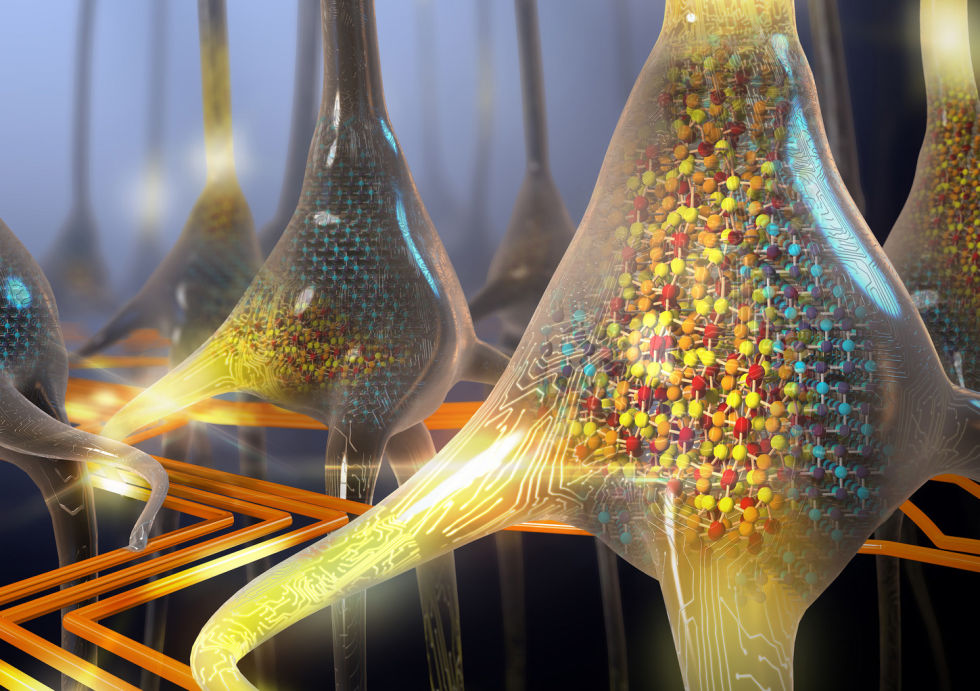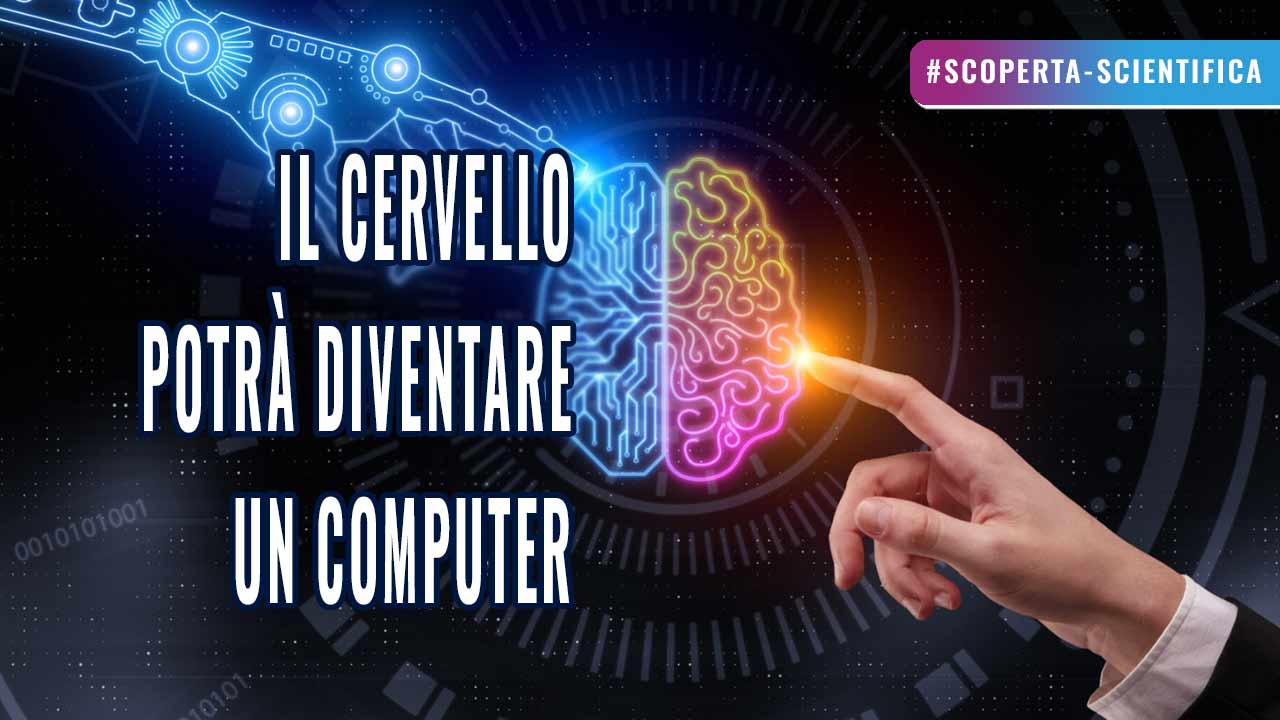The first artificial neurons are created: a discovery that could have very important implications for modern medicine
Science and medicine have long had a problem with the plumbing of the brain: our key organ remains, in many ways, a mystery. However, research in recent years has made great strides in this regard by increasingly beginning to analyze the mystery behind what we think or dream about.
Even recent research can artificially recreate our neurons.
nerve cells in the laboratory
At the Laboratory of Organic Electronics (LOE) in Sweden, work continues to develop increasingly functional artificial neurons. In the year 2022, a team of scientists led by Associate Professor Simon Fabiano has shown how an artificial organic neuron can be integrated into a living carnivorous plant to control the opening and closing of its mouth. This is an artificial neuron 2 of 20 properties met which distinguishes it from a biological neuron.
In their latest study, published in the journal Nature Materials, the same LiU researchers developed a new artificial neuron called an “organic conduction-based electrochemical neuron,” or c-OECN, that closely mimics 15 of the 20 neuronal properties that characterize biological neurons. , which makes them function like normal neurons.
One of the main challenges in creating artificial neurons that effectively mimic real biological neurons is the ability to incorporate modulation of ions. Conventional artificial neurons made of silicon can simulate many neural properties, but cannot communicate through ions. In contrast, c-OECN uses ions to show several key features of real biological neuronsSimone Fabiano, Principal Investigator in the LOE Organic Nanoelectronics Group.
The result after 5 years of study
In 2018, a research group at Linköping University was among the first to develop organic electrochemical transistors based on n-type conducting polymers, that is, materials capable of conducting negative charges. This made it possible to build Printable complementary organic electrochemical circuits. Since then, the group has been improving these transistors so that they can be printed in a printing press on a thin sheet of plastic. As a result, it is now possible to print thousands of transistors on a flexible substrate and use them to grow artificial neurons.
In newly developed artificial neurons, ions are used to control the flow of electronic current through an n-type conductive polymer, causing voltage spikes in the device. This process is similar to what happens in biological neurons. The artificial neuron’s unique material also allows current to rise and fall in a near-perfect bell curve, reminiscent of the in and out of sodium ion channels found in biology.
Medicinal effects
In experiments conducted in collaboration with the Karolinska Institutet (KI), new c-OECN neurons were attached to the vagus nerve of mice. The results showed that the artificial neuron was able to stimulate the nerves of the mice, causing a 4.5% change in heart rate.

The fact that artificial neurons are able to stimulate the vagus nerve itself could, in the long run, pave the way for fundamental applications. in various forms of medical treatment. In general, organic semiconductors have the advantage of being biocompatible, soft and flexible, while the vagus nerve plays a major role in, for example, the immune system and body metabolism.
There is still a long way to go
The researchers’ next step will be to reduce the power consumption of artificial neurons, which is still much higher than that of human neurons. There is still a lot of work to be done to artificially replicate nature.
There are many things we still don’t fully understand about the human brain and neurons. In fact, we don’t know how a neuron uses many of these 15 proven properties. Mimicking neurons may allow us to better understand the brain and build circuits that can perform intelligent tasks. There’s still a long way to go, but this study is a good startPadinhare Cholakkal Harikesh, postdoctoral researcher and lead author of the scientific article

“Internet trailblazer. Travelaholic. Passionate social media evangelist. Tv advocate.”







More Stories
Long tenures for general managers
NASA's Psyche space probe communicates via laser with Earth from a distance of 226 million kilometers
A possible explanation for one of cosmology's greatest mysteries has arrived